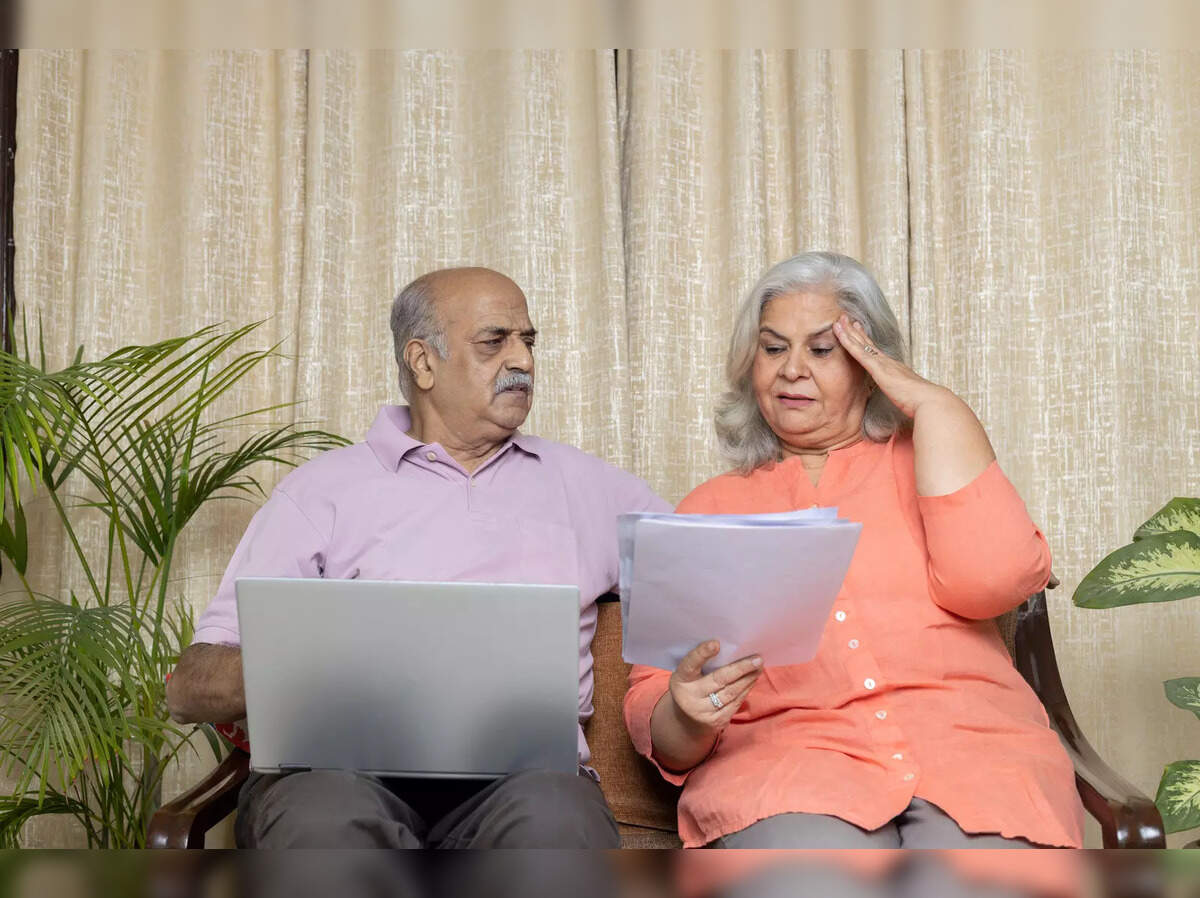Most Indian families today know good health risk, environment, environment and long life. Nevertheless, financial preparation, especially through health insurance, falls behind.
We still consider the insurance premium as the cost of the goods. We are looking for the lowest number, the affordable ability is sufficient. In fact, the cheapest strategy can be the most expensive mistake. Cracking a premium code in 225 is what the health insurance means, what to distribute it, and the new economics of caring, demanding reconsideration of how you should align it.
The old playbook will not work
Let’s look at the numbers. In the last decade, the cost of hospitalization, advanced processes and even regular diagnosis has been dramatically climbed. Heart surgery, cancer treatment and severe care intervention now exceeds Rs 30-40 lakh regularly. Once a minor cataract surgery can now cost more than 1 lakh in a high hospital.
These are the indicators of the structural shift of health care, run by good medical technology, global standard of care and increasing demand. At the same time, medical inflation in India is steadily declining at 3-14-14% annually-the general inflation speeds up and is beyond the wage growth of most Indians. For a few years, it has increased to 20%. It’s not a spike; This is a trend.
The cost of large medical processes has increased in the last decade. In 2013, the kidney transplant worth about Rs. Heart transplants, in some cases, may cost Rs 34 lakh. In this regard, the insurance cover 35 lakh rupees is no longer enough; They reflect the structure of outdated prices. If we continue to behave as just another line in our budget, we cannot be caught without creating against financial distress.
An increasing cost of serious care over the years

Therefore, a health cover of Rs 1 crore is not luxury; This is new normal. It reflects the true cost of care today and expects the increasing complexity of medical intervention tomorrow. This is not just about a serious illness. This is about diagnosis, consultation, follow -up, mental health care, prices of the east and hospitals, and increasing quality of quality care in each touchpoint. Today, the consensus of the Healthcare’s consensus demands the consensus of the consensus – and the balance of what the customers have considered ‘adequate’.
The good news is that increasing your health cover from Rs 10 lakh to Rs 1 crore does not mean that your premium will increase 10 times. For a young couple in the middle of the 30s, the cost of Rs 1 crore per month can range from around Rs 2,000 to Rs 2,500 per month-only 10-15% higher than a policy of Rs 10 lakh, but with stronger protection.
High coverage is also reflected on how the claim trends are changing. In 224-5, about 5% of the total health insurance claims of the heart-related claims have been made, which was compared to about 5% of five years ago. Also, the average claim size for such cases has increased by Rs 1-17-6-17 lakh from Rs-5-5 lakh in 2-5-5 in.
Customized products
In particular, this industry is evolving to match the shift. Insurance holders are designing more inclusive products, high coverage limitations, cashless treatment in comprehensive hospital networks and increasing support services beyond hospitalization. The market is changing not only the growing claims but also the expectations of the customer.
Expectations alone are not enough. The responsibility of re -considering the approach to insurance customers is increasing. The premium should be viewed as a flexible investment. High coverage should be encouraged. The long -term value of insurance must be kept in the front and center not only its annual price tag.
There is also a similar financial angle in this conversation. The population that is not economically ready for unpredictable health costs creates downstream effects: reducing productivity, increasing home loans and increasing pressure on public health infrastructure. In a country where the cost of outdoor health services in the pocket is still a major share of the total cost, the under -insurance is not just a personal risk; This is a systematic. By helping more people enter into meaningful protection, we are protecting homes and reducing the social cost of delay or inadequate care.
Cracking the premium code, not about finding the lowest number. It’s about asking the right question: Will this coverage last five years from now? Can this policy support me from the complex medical part? When a health problem arises, enable me to work quickly and decisively?
India is in the wake of the Healthcare Transformation, but to become comprehensive, we must create financial flexibility in the even design of that journey. This premium begins with treatment not as a price, but as a promise.
Auhatore is the Chief Executive Officer of the Bogre, Pb fintek
.
